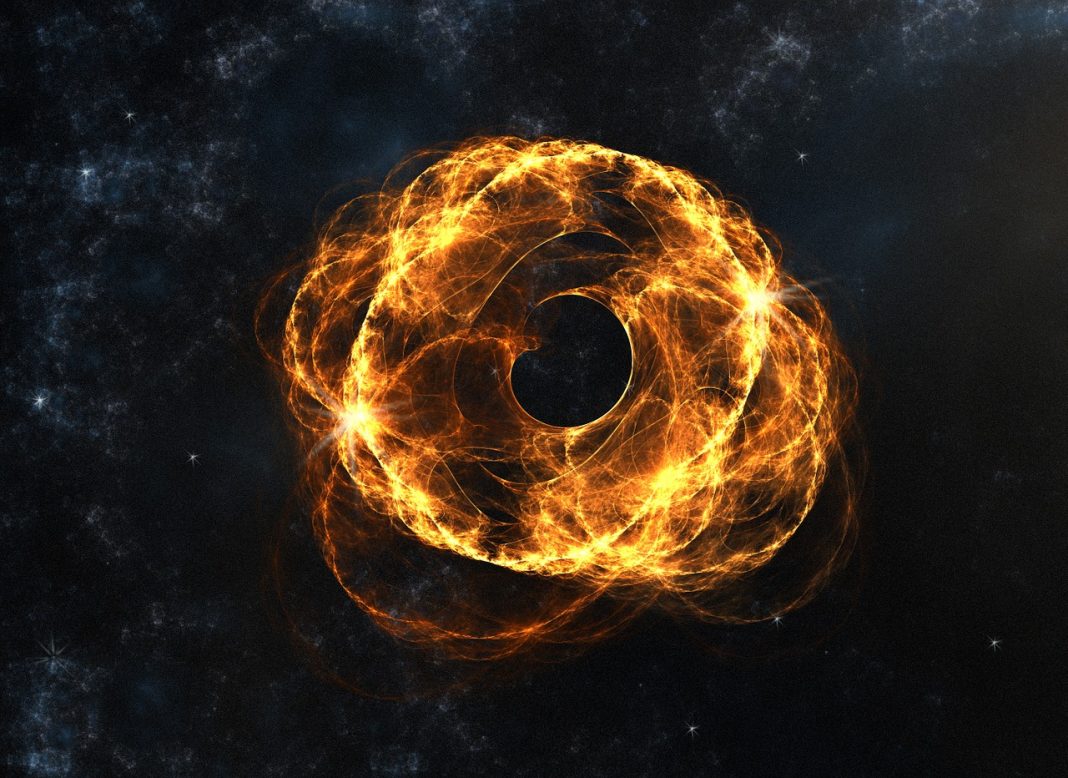In a groundbreaking study, Joseph Simon, a postdoctoral researcher at the University of Colorado Boulder, has shed new light on the enigmatic nature of supermassive black holes that reside at the heart of galaxies. His research, published in The Astrophysical Journal Letters, explores the masses of these colossal entities, offering insights into their formation and evolution throughout the history of the universe.
Simon’s fascination with these cosmic giants led him to employ computer simulations to delve into the mysteries of supermassive black holes. These black holes, often billions of times more massive than our sun, have captivated astronomers for decades. Simon sought to unravel their secrets by predicting their masses through a mathematical concept known as the black hole mass function.
The results of Simon’s calculations challenge previous assumptions about the sizes of black holes in the early universe. His findings indicate that billions of years ago, black holes may have been substantially larger on average than previously believed. This revelation holds the potential to unravel the intricate forces that shaped these celestial behemoths, such as Sagittarius A*, from modest black holes into the colossal entities they are today.
“We’re starting to see from a variety of different sources that there have been pretty massive things in the universe since pretty early on,” explains Simon.
Simon’s research is part of the North American Nanohertz Observatory for Gravitational Waves (NANOGrav) project, which involves hundreds of scientists from the United States and Canada. The NANOGrav initiative aims to detect the gravitational wave background—a continuous flow of gravitational waves rippling through space and time. These waves are a consequence of the merging of supermassive black holes when galaxies collide.
However, understanding the gravitational wave background necessitates accurate knowledge of the masses of supermassive black holes throughout the universe. Simon likens this to the collision of two cymbals in an orchestra, with larger black holes creating more significant gravitational waves.
Yet, determining the masses of distant supermassive black holes poses a considerable challenge. Simon highlights the lack of precise measurements for galaxies beyond our immediate vicinity, forcing scientists to rely on approximations.
To overcome this limitation, Simon embarked on a novel approach. He compiled data from hundreds of thousands of galaxies, some billions of years old, to estimate the masses of their respective supermassive black holes. Utilizing sophisticated computer models, he simulated the gravitational wave background generated by these galaxies, which ultimately reaches Earth.
Simon’s results depict a comprehensive array of supermassive black hole masses spanning approximately 4 billion years. Intriguingly, he discovered an unexpected abundance of large galaxies spread across the universe during that epoch, contradicting previous studies. This observation poses a conundrum, as it was conventionally believed that massive systems would only be prevalent in the nearby universe due to the time required for black holes to grow.
Nonetheless, Simon’s findings align with other emerging evidence, including the NANOGrav team’s own discoveries, suggesting that the growth of supermassive black holes may occur more rapidly than previously postulated. The implications of this research extend beyond astrophysics, with implications for fundamental questions concerning the evolution of galaxies and the formation of our universe.
Simon’s next endeavor aims to explore the masses of black holes even further back in time. Through this quest, he hopes to unlock the secrets surrounding the birth of the Milky Way Galaxy and, ultimately, our own solar system.
Understanding the mysteries concealed within the depths of these immense cosmic objects brings us one step closer to unraveling the enigmas of the universe itself. As Joseph Simon continues to push the boundaries of our knowledge, the veil surrounding supermassive black holes slowly lifts, revealing the awe-inspiring mechanisms that shape our cosmic home.


